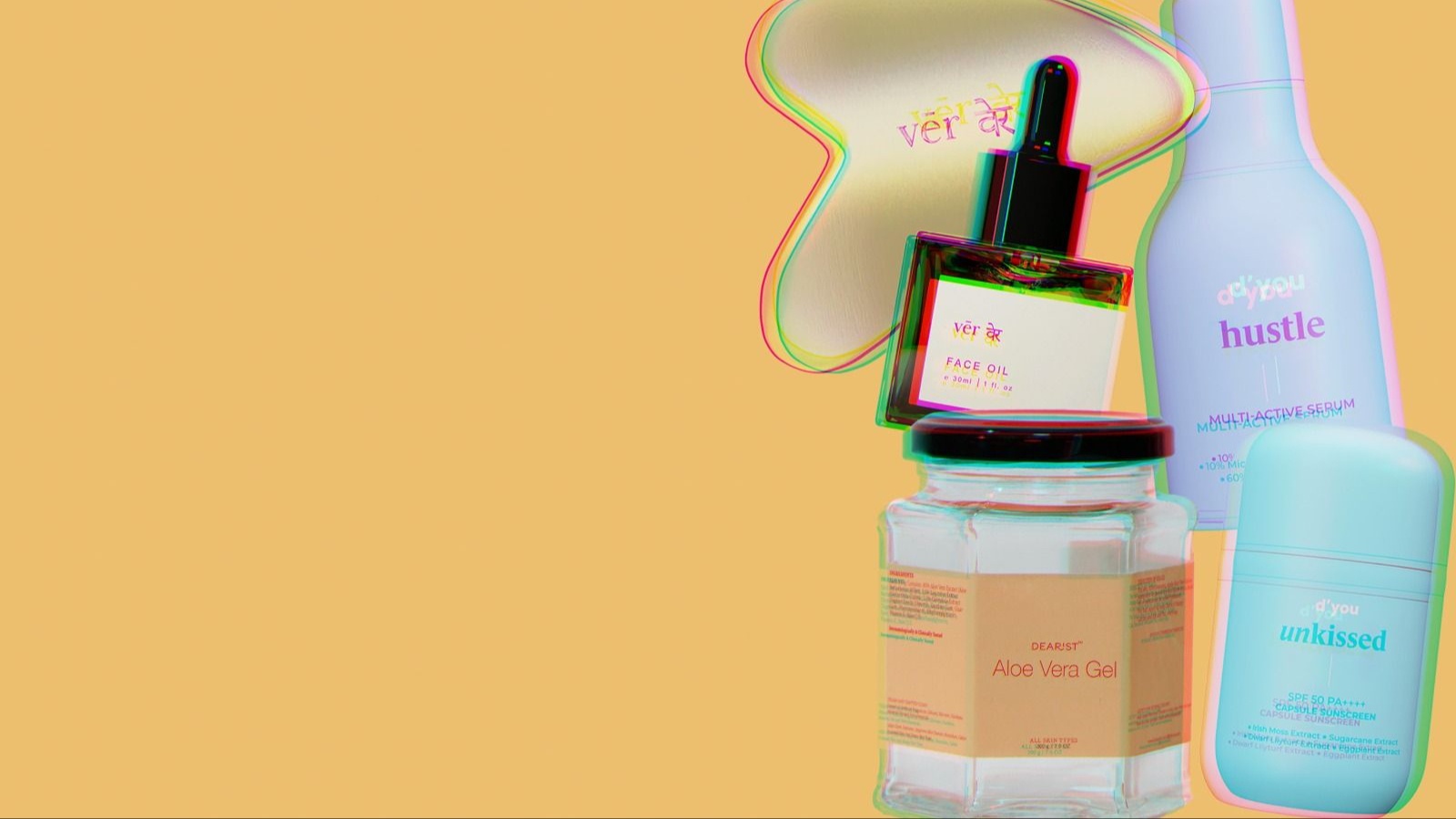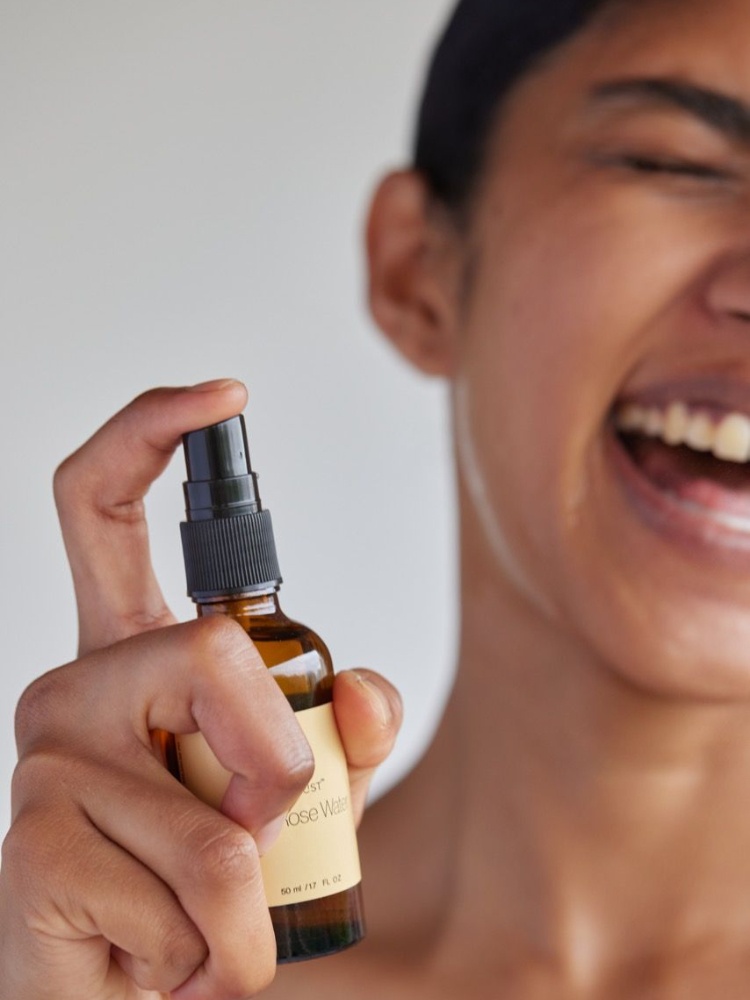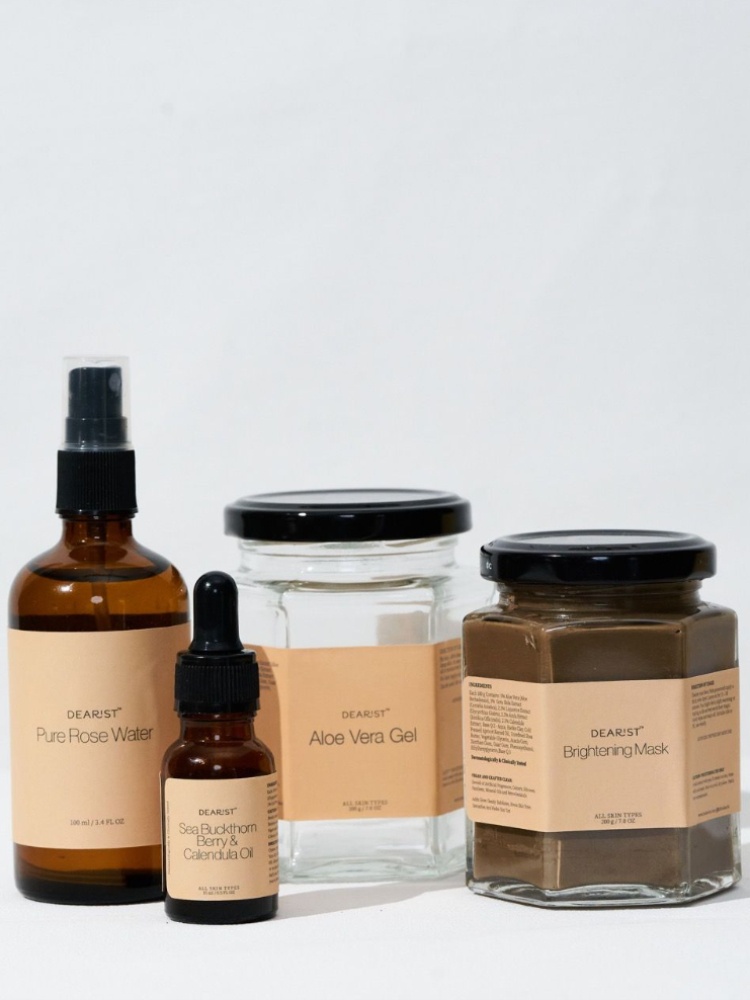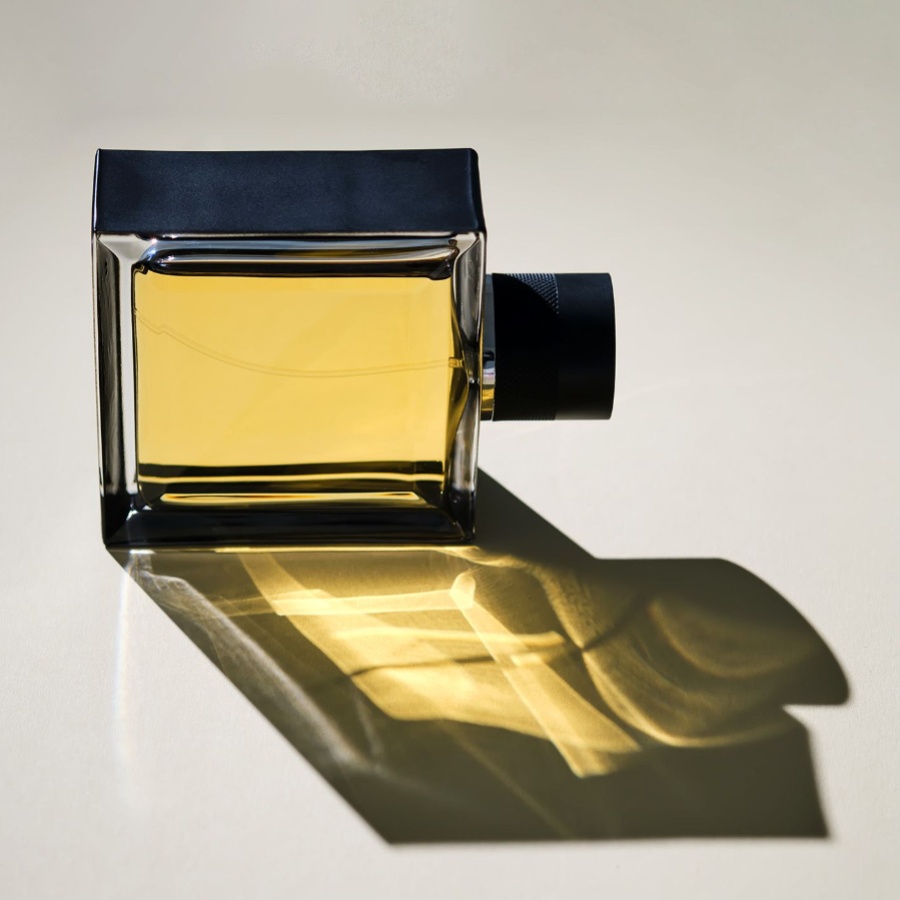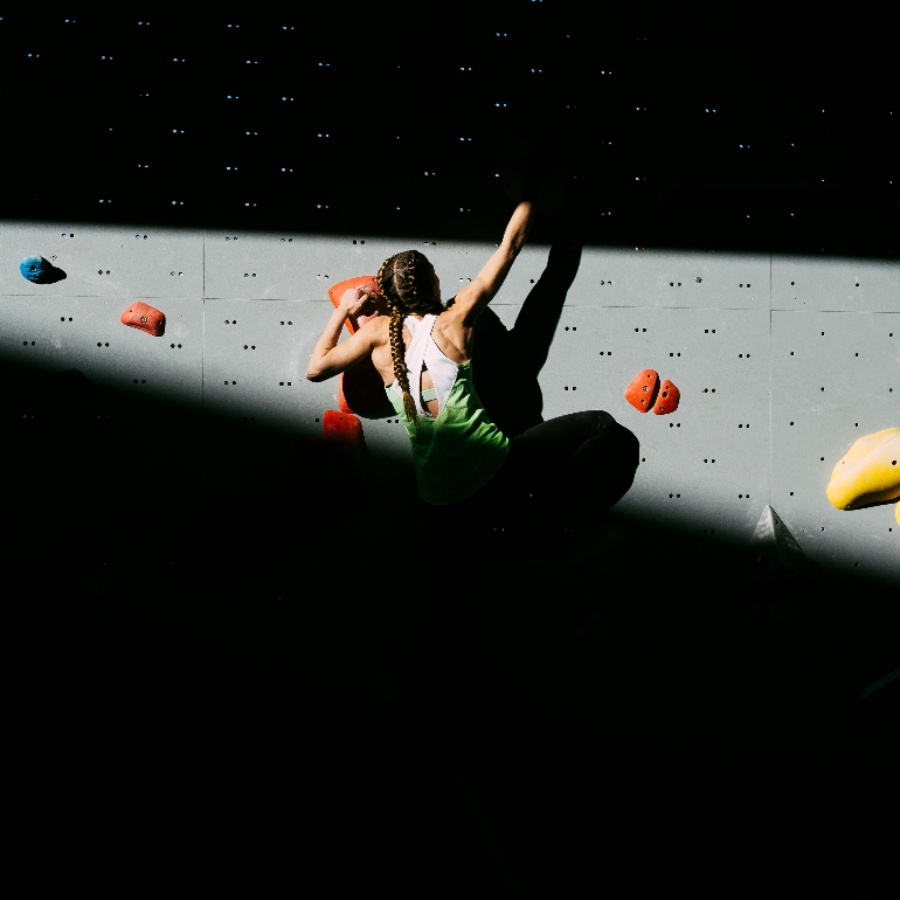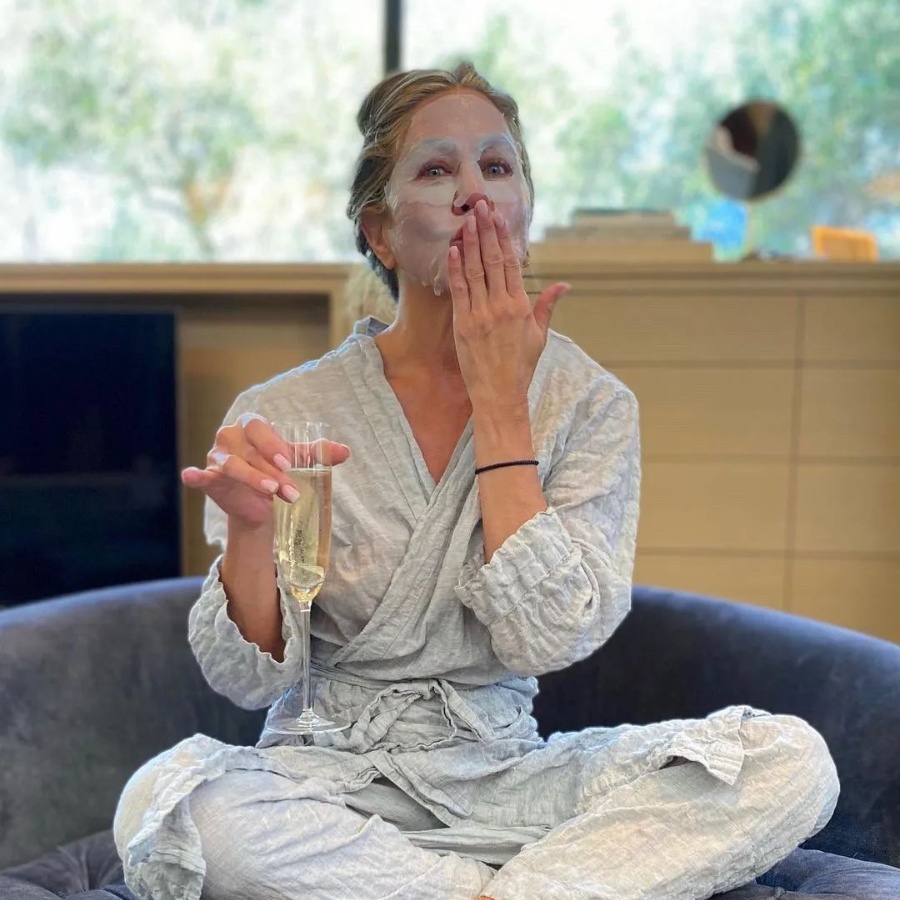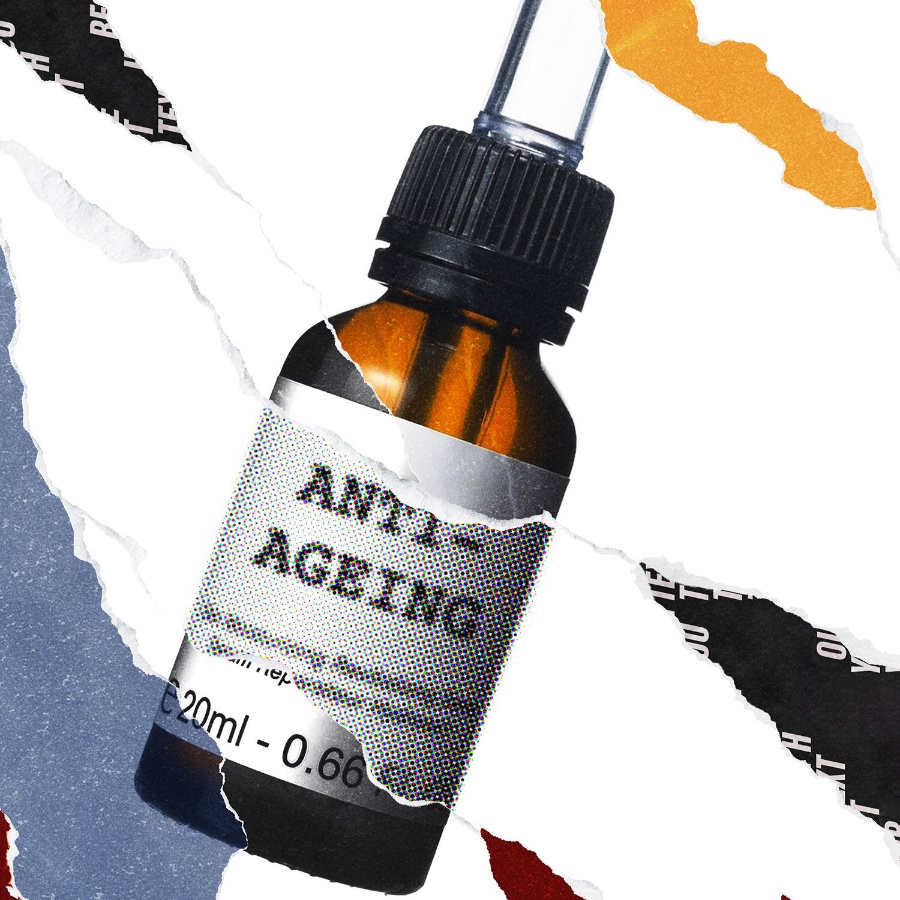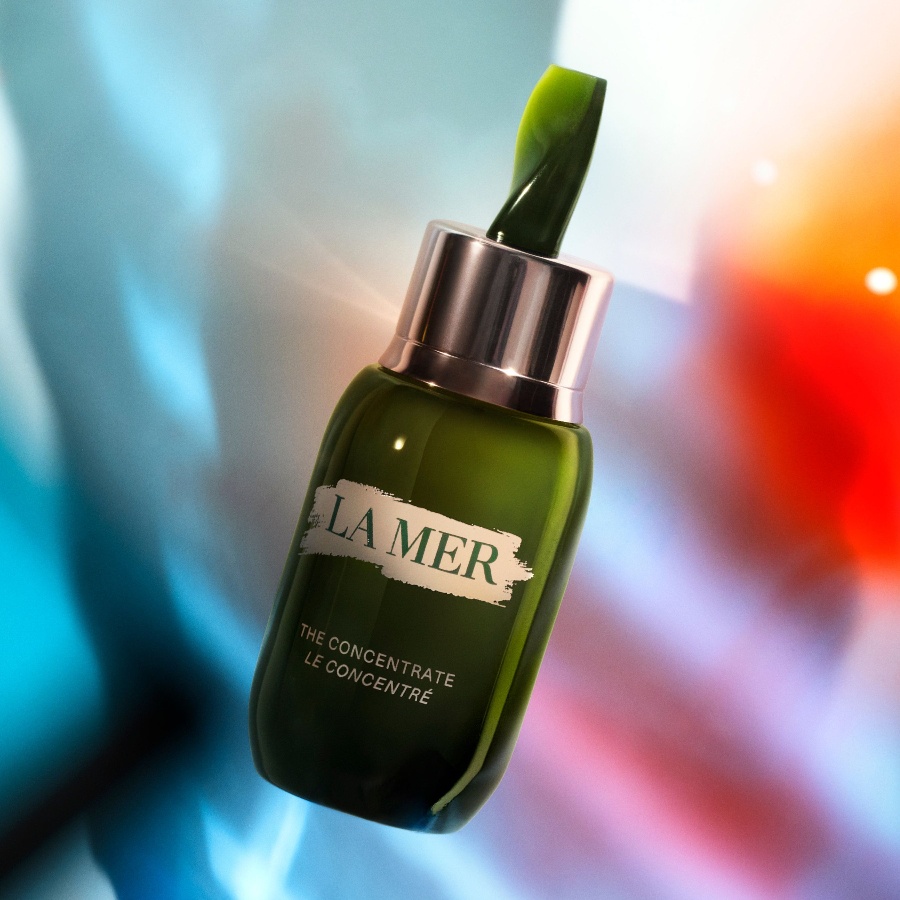The beauty industry is an ultra-competitive and saturated space, with new products on offer every time you go shopping. But even if you’re someone who’s obsessed with having the newest make-up or skincare item, no matter how many products come and go, there are some that can never leave your arsenal. For me, it’s the good old Burt’s Bees beeswax lip balm, Glossier’s Cloud Paint cheek tint, and Clarins Double Serum. Whenever any of these looks close to its last days, I go and buy one (sometimes two) more.
In 2024 alone, the global beauty and personal care market is projected to generate US$646.20 billion in revenue, and is expected to grow at an annual rate of 3.33 per cent (CAGR 2024-2028) despite economic uncertainty. New entrants are popping up every week to get a slice of the pie. Fashion brands are launching fragrance and make-up lines. Celebrity-backed brands, too, are a dime a dozen. But for every Rare Beauty and Rhode, there are scores that find only lukewarm success.
In this overcrowded market, how does one stand out? The answer lies in a tried-and-true formula: building a hero product. “Brands need specialised hero products with a compelling USP as consumers tend to seek cult favourites amid the noise of social media,” says Ashley Kang, global head of beauty at market research company Kantar.
Below, The Nod speaks with founders of three emerging beauty businesses on what it takes to build a brand that goes beyond hype.
Lone ranger
Among the young brands with ambitious trajectories, perhaps the most promising is that of Shamika Haldipurkar’s D’you, which entered the market in 2020 with a single product, the Hustle serum. It was the only product the brand sold for 18 months.
While it was Haldipurkar’s conscious decision to launch with one SKU, she says it wasn’t a calculated strategy she was trying to implement. “Beauty has become like fast fashion these days because the barrier to entry is so low. [The launch] had a lot to do with the kind of product that we wanted to put out in the market. We positioned Hustle as a solution to declutter and replace multiple steps of your routine.”
Since then, D’you has added three more products to its main line-up: a moisturiser, a cleansing balm, and a sunscreen. Today, the sales made by the playfully named and packaged products (Hustle, In My Defence, Good Grease, and Unkissed) are split almost evenly. “There may be a 5 to 10 per cent difference annually in how many In My Defence and Hustle units are selling,” says the founder. The brand also has merch.
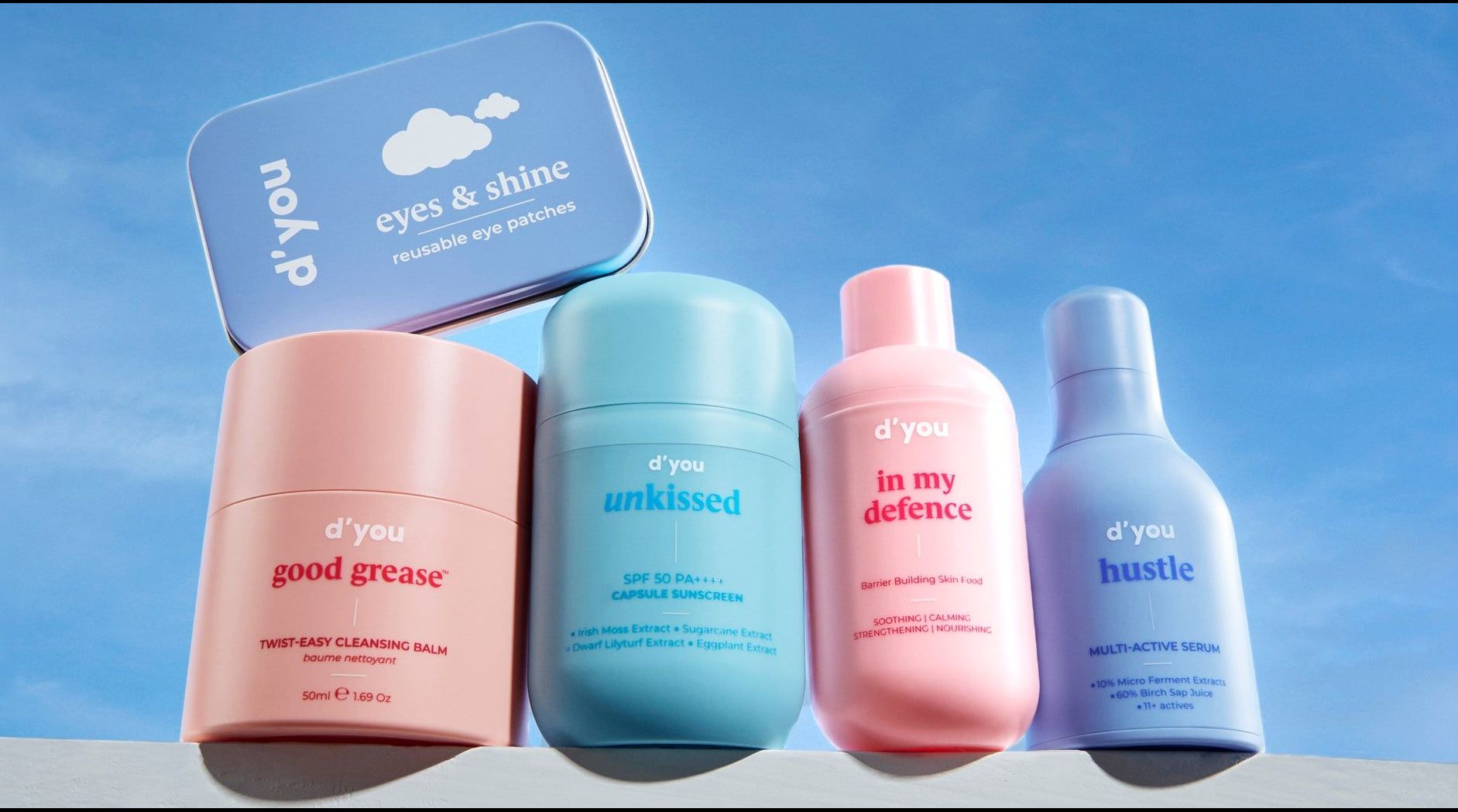
Sanchaya Soundhar, who launched a ritualistic self-care brand a little over a year ago, also took the single SKU approach. The New Zealand-based entrepreneur launched Ver with a nutrient-dense face oil in a glass bottle that featured sophisticated and minimalist branding. “It wasn’t just about Ayurvedic products or ingredients, but also creating a holistic ritual that was grounded in Ayurveda. I believe that one should essentially be practising a very minimalistic, connected, and intentional lifestyle. So I set about creating a product that represented exactly that,” says Soundhar, who has been attending Ayurvedic retreats since she was 15 and found it difficult to continue healthy habits once she went back to her regular routine in the city.
Minimalistic, for Soundhar, doesn’t mean fewer ingredients in a single product, but an all-powerful product that successfully minimises the clutter of a routine. “There’s nothing minimalistic about the product itself. We started with our face oil because we want people to trust the brand and know its value before getting into our range.”

Building a blockbuster product
Identifying and building a knockout product requires a combination of factors, from effective formulation to attractive packaging and clever marketing. It should not only look appealing on social media and on retailers’ shelves, but also deliver on its promises and have staying power in the ever-changing routines of consumers. Meher Jadwani, a certified health coach, launched her line of skin and hair products under Dearist in 2020, after she realised a lot of her clients were facing problems due to introducing new and trendy products into their routines regularly. Jadwani’s aim was to create a basic and accessible range of multipurpose products with a focus on healing and hydration. The brand’s initial offering included five products, out of which two became heroes.
“The aloe vera gel is our bestseller and it was strategically marketed in that direction. It’s generously sized because we want people to use it daily for multiple things. The more uses are given to someone, the more they use your product,” she explains. Customers were taught to use the jelly-textured product as a face moisturiser, hair mask, eyebrow gel, sunburn treatment, and more, via the brand’s community-driven Instagram. The other was a sleeper hit: the sea buckthorn berry oil. That came as a big surprise, she says, because it involved creating a market for an ingredient that not many people were familiar with. “Once people bought it, it was just pure word of mouth.”
While formulating a product, Jadwani suggests anticipating the cadence of use and the longevity. “It should be something that can be used on a daily, weekly, or monthly basis. It shouldn’t lean into a fad or a trend, and your consumer should be able to come to you for it in say, two or five years,” she adds. “A hero product doesn’t go away with trends.”
Each product mentioned in this story is almost instantly recognisable due to its unique packaging. However, cool packaging and memorable names aren’t enough. Haldipukar insists on putting formula first. “You can have really good branding, packaging, and marketing that can entice a consumer to buy from you once. But that doesn’t make a hero product. The formula should be good enough for the purchaser go to “Wow!” and recommend it to another person—it’s through this chain of recommendations that hero products are made,” she says.
Jadwani adds, “Your product should be within an accessible price point; one should be able to buy it again without having to think about it.”
The hero needs to keep up
Even if a product has taken off and has repeat buyers, it must stay relevant to its consumer base to sustain long-term success. This year, D’you relaunched not one, but two of its most loved products. “There are a lot of technological advancements that keep happening in the industry. As a science-forward brand, we try our best to upgrade our products wherever there is scope for it,” explains Haldipurkar.
The brand’s first hero to be overhauled was the Hustle serum. “The formulation is 99.9 per cent the same, but we’ve made the texture more cosmetically elegant and revamped the packaging to be more user friendly according to the feedback we received from consumers,” says Haldipurkar. Following the serum, D’you also upgraded the packaging of its Good Grease cleansing balm from a tube to a mess-free grinder jar.
Another way to keep a product relevant is by creating complementary products and extensions. Millennial beauty favourite Glossier recently extended its bestselling Boy Brow gel to a pencil format. Starface, the brand that made colourful star-shaped face stickers cool, has introduced clear, star-shaped pimple patches for the first time—to stay competitive in the market.
Ver has recently launched a kansa gua sha that complements its face oil. Customers have the option of buying the two items separately or as a bundle. “When we release our hair and body oils, we’ll have accessories to go with them, too,” explains Soundhar, who hopes to create a culture of mindful rituals rooted in Ayurveda for her buyers. Meanwhile, Dearist has launched mini versions of its hit aloe vera gel that work for travellers. The gel is also part of the brand’s Skin Fast bundle, alongside accessories that can be used in combination with its products.
